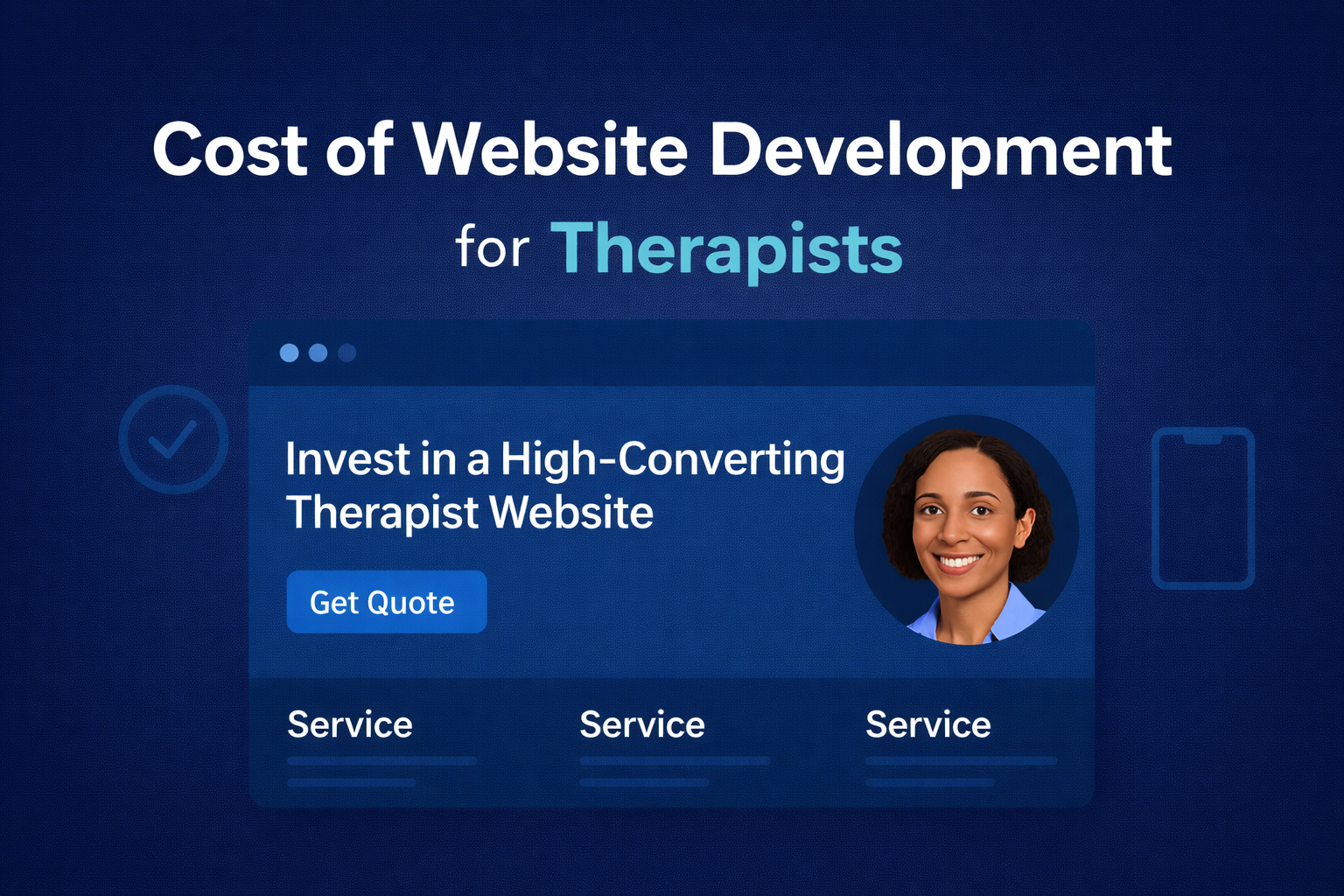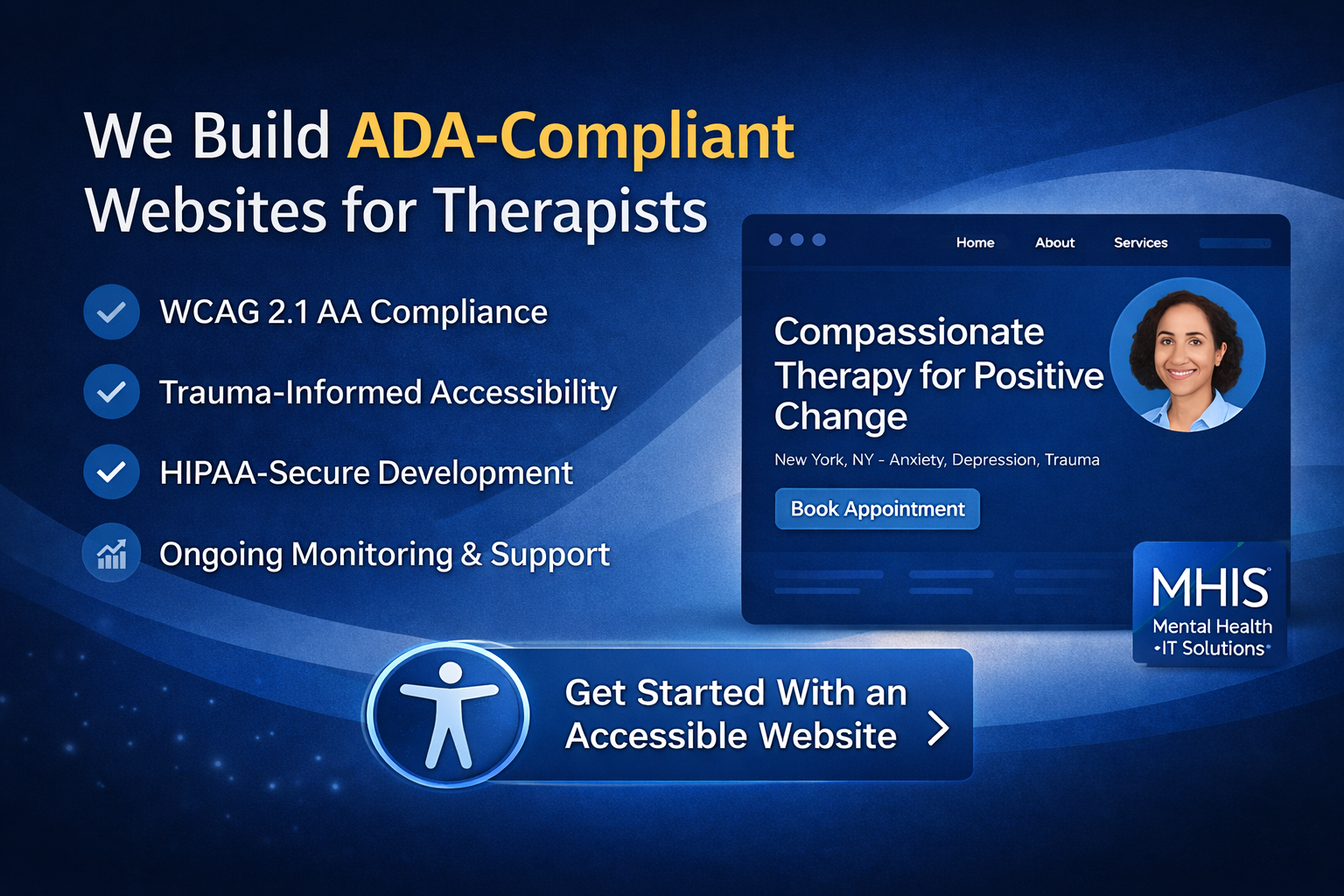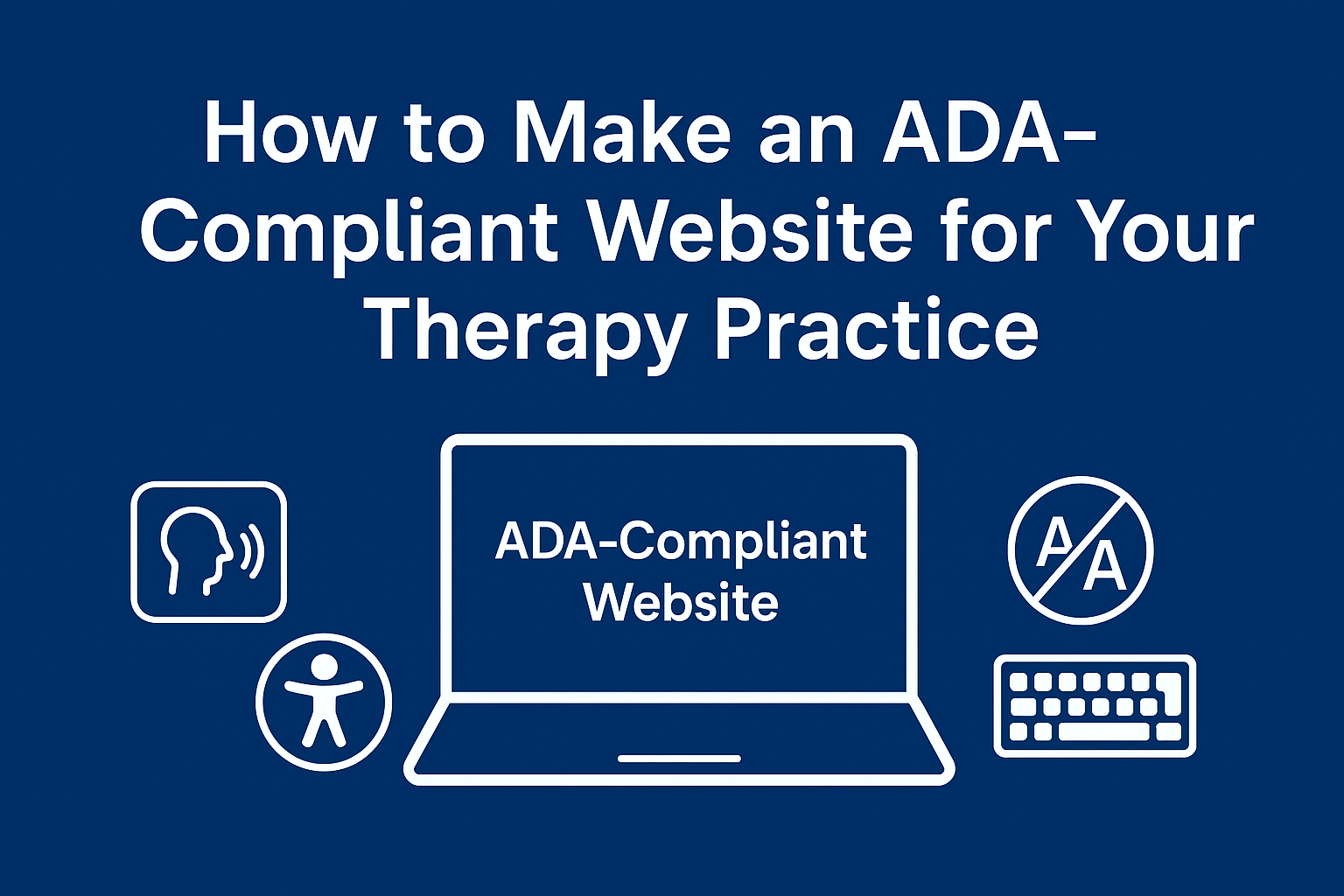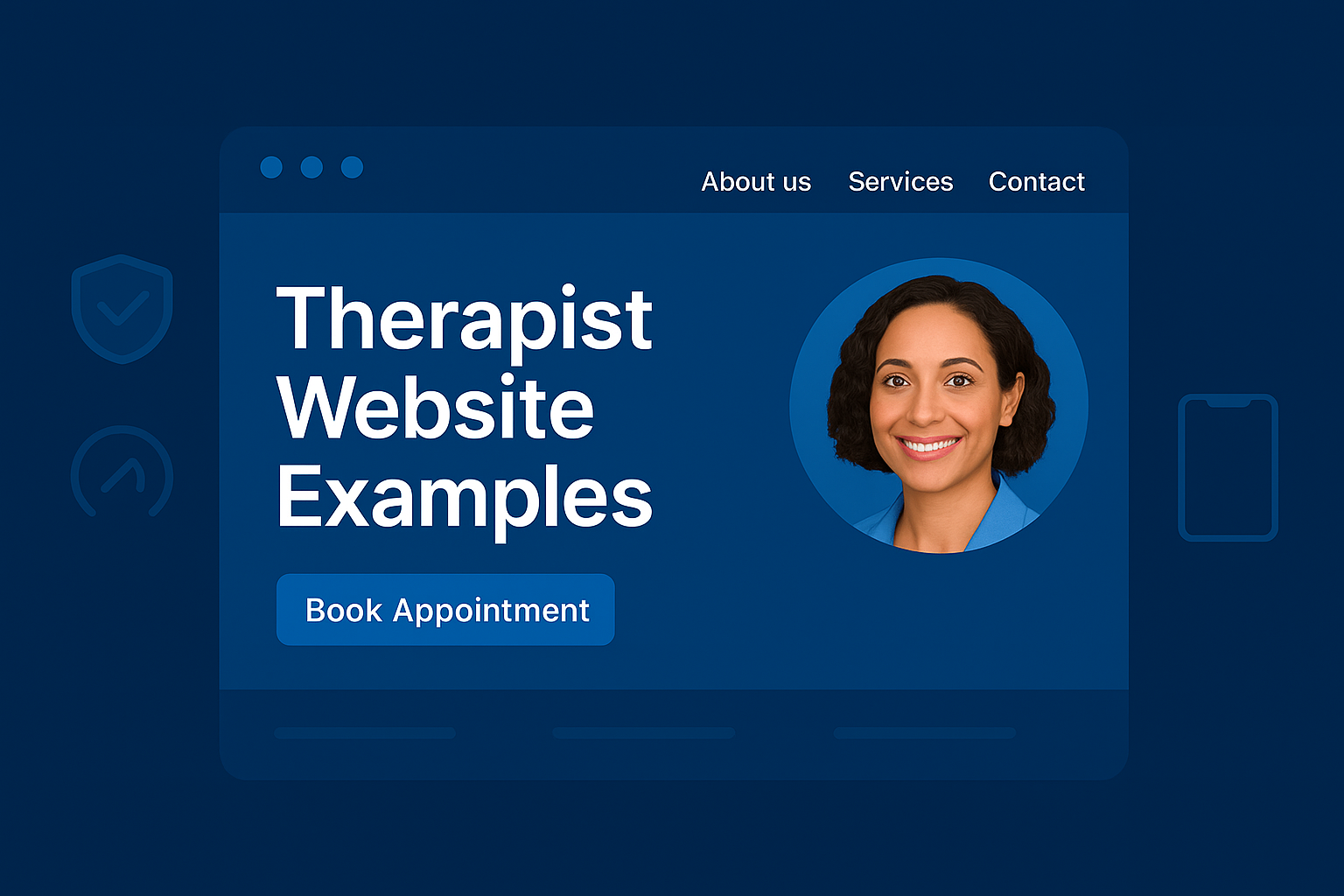Therapists often ask, “How can I get more clients through my website?” — and in 2025, the answer depends on how well your site is built for visibility, trust, and conversion.
Whether you’re a solo practitioner, LMFT, or a psychologist running a group practice, your website should act as a full-time digital assistant — educating, qualifying, and guiding potential clients toward booking a session.
In this guide, we’ll walk through how to optimize your therapy website to attract and convert more clients — using voice search strategy, local SEO, and user experience best practices.
Why Your Website Isn’t Bringing Clients (Yet)
If your site:
- Doesn’t appear in voice or Google results
- Loads slowly or breaks on mobile
- Lacks strong calls-to-action
- Doesn’t address client concerns upfront
…you’re losing potential leads daily.
Step-by-Step: Turning Your Website into a Client Magnet
✅ 1. Answer Voice-Style Questions Clients Are Asking
Voice searches are now the norm. Your blog and homepage must answer questions like:
- “Is CBT therapy right for anxiety?”
- “How can I find a trauma-informed therapist near me?”
Structure your content using:
- Natural language
- Clear H2 headings
- Short, 40–50 word answers at the top
📌 Read More: The Role of SEO in Helping LMFTs Get Found Online
✅ 2. Speed Up Your Website and Fix Mobile Issues
Google prioritizes speed and mobile-first design. Use tools like Google PageSpeed Insights or hire MHIS to:
- Compress images
- Remove unused scripts
- Ensure mobile UX is flawless
📌 Related Guide: Website Development for LMFTs
✅ 3. Include Multiple Ways to Take Action
Make it easy for visitors to:
- Call or email
- Book directly via an integrated calendar
- Fill out a secure inquiry form
Place CTAs:
- Above the fold on every page
- Within blog posts
- On mobile-friendly sticky headers
📌 Explore: Build a HIPAA-Compliant Teletherapy Website
✅ 4. Add Local SEO and Voice Optimization Tags
Include city/state references throughout your content:
- “Therapist in Atlanta specializing in trauma”
- “Online therapy for teens in Los Angeles”
Use FAQ schema, Local Business schema, and FAQ blocks to answer spoken queries.
📌 Learn: Leveraging SEO to Attract Clients to Your Mental Health Practice
✅ 5. Use Blog Content That Speaks to Pain Points
People don’t search for “therapist services.” They ask:
- “Why do I feel anxious all the time?”
- “Can therapy help with low self-esteem?”
Write content that speaks directly to their situation and closes with a CTA:
“If this sounds like you, let’s talk — I offer virtual therapy that works around your schedule.”
📌 Deep Dive: Content Marketing for Psychologists
✅ 6. Include Real Reviews, Credentials, and Photos
Social proof is a powerful trust builder:
- Embed Google reviews or testimonials
- Add credentials with short bios
- Use real, warm photos — not stock imagery
📌 Example: Build Your LMFT Online Presence in 2025
✅ 7. Offer Free, Helpful Resources
Lead magnets work. Consider adding:
- “What to Expect in Your First Session” guide
- “Is Online Therapy Right for Me?” quiz
- Short mental wellness video tips
Use these to build your email list and re-market to cold leads.
📌 Strategy: Marketing for Therapists: What Works in 2025
✅ 8. Work With a Niche Agency That Understands Therapy
You don’t need a generic marketing company. MHIS builds, markets, and optimizes websites only for mental health professionals — meaning:
- Faster time to ROI
- Voice-search-focused blogs
- HIPAA-compliant, lead-generating web design
📌 Agency Info: Mental Health IT Solutions
Final Thoughts
Your website is your #1 growth channel. But only if it’s built for how people search, read, and book in 2025.
This means:
- Clear service messaging
- Voice-ready blog content
- Conversion-friendly layout
- Localized, HIPAA-compliant SEO
Let MHIS help turn your site into a tool that works — even while you sleep.







